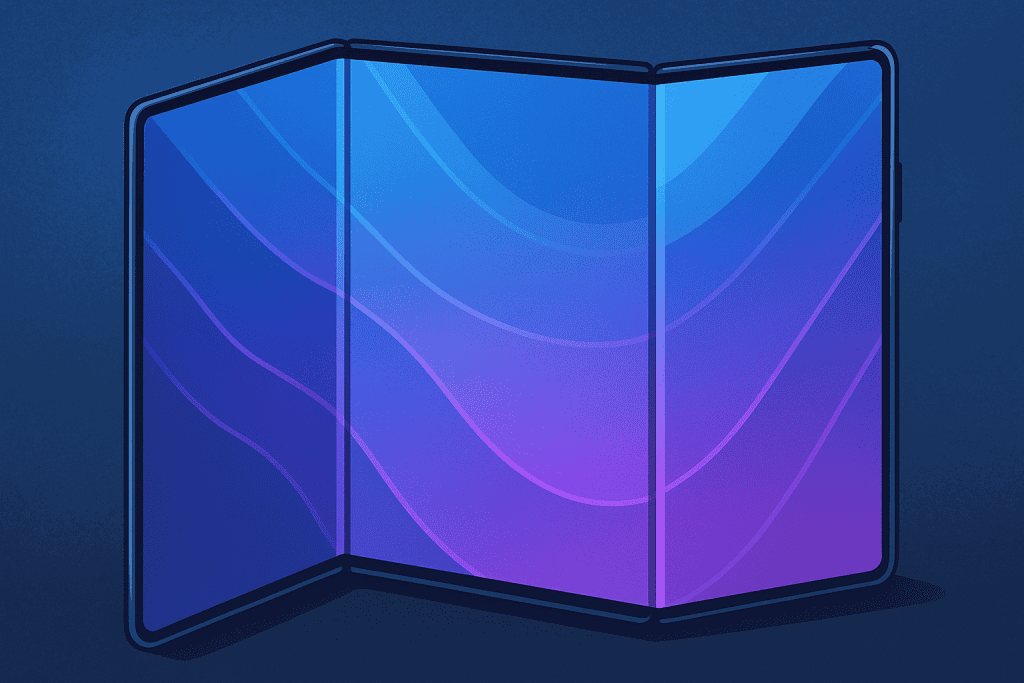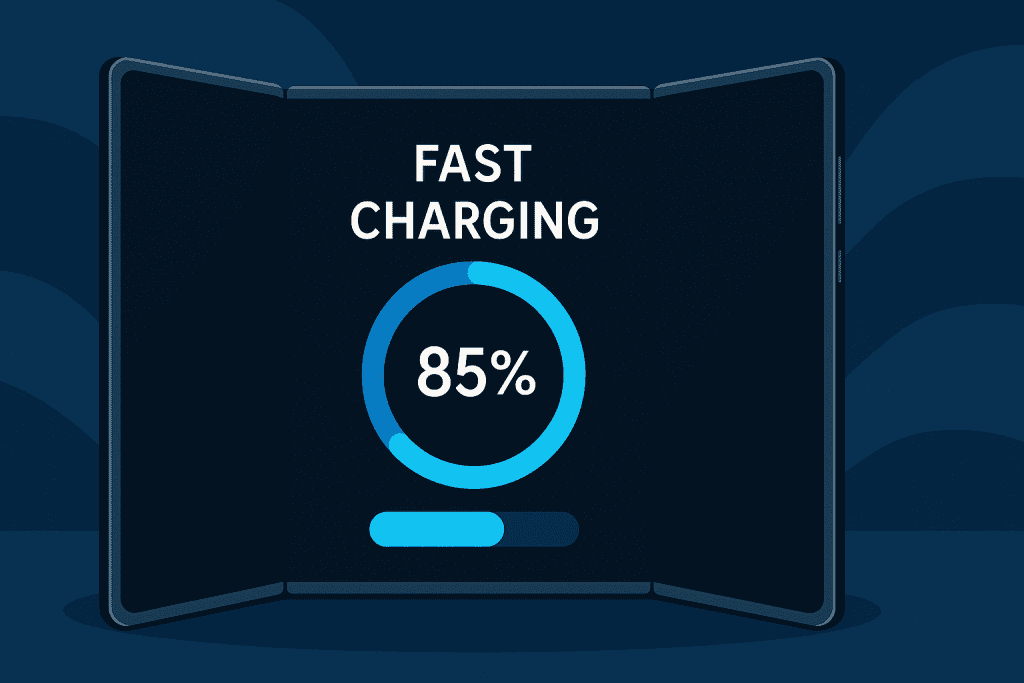Huawei Phones have consistently pushed the boundaries of what modern smartphones can achieve. Known for their bold innovation and forward-thinking design, Huawei has made significant strides in areas like mobile photography, display technology, and device performance. From the groundbreaking zoom capabilities of the Huawei P60 Pro to the futuristic tri-fold design of the Huawei Mate XT, each model offers something unique for different types of users. These phones cater to a wide audience including avid photographers, business professionals, and everyday tech lovers who value both style and function.
Huawei’s commitment to quality is evident in the materials they use and the user-focused features they deliver, such as fast charging, AI-powered performance, and immersive OLED displays. Although some users may find the lack of Google services challenging, Huawei continues to develop strong alternatives through its HarmonyOS and app ecosystem. In this detailed review, we’ll explore the five best Huawei phones and help you understand which one fits your lifestyle and needs best.
Overview of Huawei Phones
Huawei’s smartphone lineup offers a diverse range of devices catering to various user needs. From the photography-centric P series to the innovative Mate series, Huawei phones are known for their cutting-edge technology and sleek designs.
Key Features:
- Advanced Camera Systems: Huawei phones often feature Leica-engineered lenses, offering exceptional photo and video quality
- Innovative Designs: With models like the Mate X series, Huawei has pioneered foldable smartphone technology
- Powerful Performance: Equipped with Kirin and Snapdragon processors, Huawei devices ensure smooth multitasking and gaming experiences
- Long-lasting Battery Life: Huawei phones are known for their impressive battery endurance, often coupled with fast-charging capabilities
In-Depth Analysis of Huawei Phones
Huawei’s commitment to innovation is evident in its diverse smartphone offerings. Let’s delve deeper into the standout features of their top models.
Design and Build Quality

Huawei phones stand out with their elegant craftsmanship and durable construction. The Mate XT, for instance, pushes the envelope with its tri-fold design that unfolds into a large tablet-like display. This clever engineering not only saves space but also enhances usability for both productivity and entertainment. It uses aerospace-grade materials and precision hinges to ensure durability while maintaining a sleek profile. The ergonomic build makes it comfortable to hold in either phone or tablet mode. Huawei’s attention to detail gives users a premium experience right from the first touch.
Display Technology
Huawei’s displays are engineered for both beauty and function. The P60 Pro, featuring a 6.7-inch OLED panel, delivers vibrant colors and deep contrasts that bring visuals to life. With a 120Hz refresh rate, the screen responds instantly to swipes and taps, making everything from gaming to scrolling buttery smooth. HDR10+ support enhances clarity and brightness in every frame. Whether you’re streaming videos or editing photos, Huawei’s display technology ensures your content looks sharp, fluid, and immersive even in direct sunlight.
Camera Performance

Huawei has earned a reputation for delivering best-in-class mobile photography. The P60 Pro’s camera system includes a 48MP main sensor and advanced optics that allow for crisp, true-to-life photos. Its low-light performance is especially noteworthy, capturing details and colors even in dim settings. Macro and zoom capabilities add flexibility for creative shots. Meanwhile, the Mate XT offers a similar level of sophistication, with versatile camera configurations that perform well across a range of scenarios, making Huawei phones a top choice for photography enthusiasts.
Performance and Software
Huawei phones deliver seamless performance thanks to their powerful chipsets. The combination of Kirin and Snapdragon processors ensures apps launch quickly and multitasking is fluid. EMUI, Huawei’s custom interface, enhances Android’s functionality with smart features like app cloning and gesture navigation. Despite not supporting Google services, Huawei compensates with its own AppGallery and cloud ecosystem. HarmonyOS is also being introduced across newer models, creating a more unified experience across devices. Performance remains reliable even under heavy loads, making Huawei devices suitable for both work and play.
Battery Life and Charging

Long battery life is a hallmark of Huawei phones. Most models are equipped with batteries ranging from 4,000 to 5,600mAh, allowing users to get through a full day or more on a single charge. Fast-charging tech reduces downtime significantly, with some phones reaching 70% in just 30 minutes. Certain models even offer wireless and reverse wireless charging, adding flexibility. Whether you’re gaming, streaming, or multitasking, Huawei ensures you stay powered up without frequent interruptions, which is perfect for busy lifestyles.
Huawei Phones Comparison
To help you decide which Huawei phone suits your needs, here’s a comparison of the top models
| Model | Display | Camera Setup | Processor | Battery | Unique Feature |
|---|---|---|---|---|---|
| Huawei P60 Pro | 6.7″ OLED | Triple (48MP main) | Snapdragon 8+ | 4,815mAh | Variable aperture lens |
| Huawei Mate XT | 10.2″ OLED | Triple (50MP main) | Kirin 9010 | 5,600mAh | Tri-fold design |
| Huawei Mate 60 Pro | 6.82″ OLED | Quad (50MP main) | Kirin 9000S | 5,000mAh | Satellite communication |
| Huawei Nova 14 | 6.7″ OLED | Dual (50MP main) | Kirin 820E | 4,300mAh | Mid-range affordability |
| Huawei Pura 80 | 6.8″ OLED | Triple (64MP main) | Kirin 9010 | 4,900mAh | Enhanced AI photography |
Huawei Phones Pros and Cons
Understanding the strengths and weaknesses of Huawei phones can guide your purchasing decision
| Pros | Cons |
|---|---|
| Exceptional camera quality | Lack of Google services |
| Innovative designs (e.g., foldables) | Limited app ecosystem |
| Robust battery life | Availability varies by region |
| High-quality displays | Premium pricing on flagship models |
Conclusion
Huawei phones continue to lead the mobile industry with bold innovation and thoughtful design. From the cutting-edge Mate XT to the feature-rich P60 Pro, these devices cater to both tech-savvy users and casual consumers. Their strengths include long battery life, advanced cameras, and stunning displays. While the absence of Google services might concern some users, Huawei’s growing ecosystem offers capable alternatives. These phones are ideal for anyone seeking performance, creativity, and style in one smart device. For those ready to explore beyond conventional smartphones, Huawei presents a compelling and future-ready option.
Huawei Phones Rating
Huawei phones continue to impress tech experts and everyday users alike with their blend of innovation, premium design, and dependable performance. Social media feedback highlights strong appreciation for their cutting-edge features, particularly in photography and display quality.
Huawei Phones Rating: 4.7 out of 5 stars
FAQ
What are the economic implications of investing in Huawei phones?
Investing in Huawei phones can be economically beneficial due to their durability and advanced features, potentially reducing the need for frequent upgrades. However, the lack of Google services may require adjustments in app usage, which could impact productivity for some users.
How does the Huawei P60 Pro’s camera performance compare to other flagship smartphones?
The Huawei P60 Pro’s camera system is renowned for its exceptional low-light and macro photography capabilities, often outperforming competitors in these areas. Its variable aperture lens allows for greater flexibility in various lighting conditions.
Are Huawei’s foldable phones, like the Mate XT, practical for everyday use?
Huawei’s foldable phones, such as the Mate XT, offer versatility by combining smartphone and tablet functionalities. While they provide a unique user experience, considerations like durability, weight, and app compatibility should be evaluated based on individual needs.
Resources
- Huawei Consumer. Phones
- Kimovil. Huawei Smartphones Prices
- 91Mobiles. Upcoming Huawei Mobiles in India
- TechRadar. Honor Phones
- PhoneArena. Huawei 2025 Flagship Surprises
